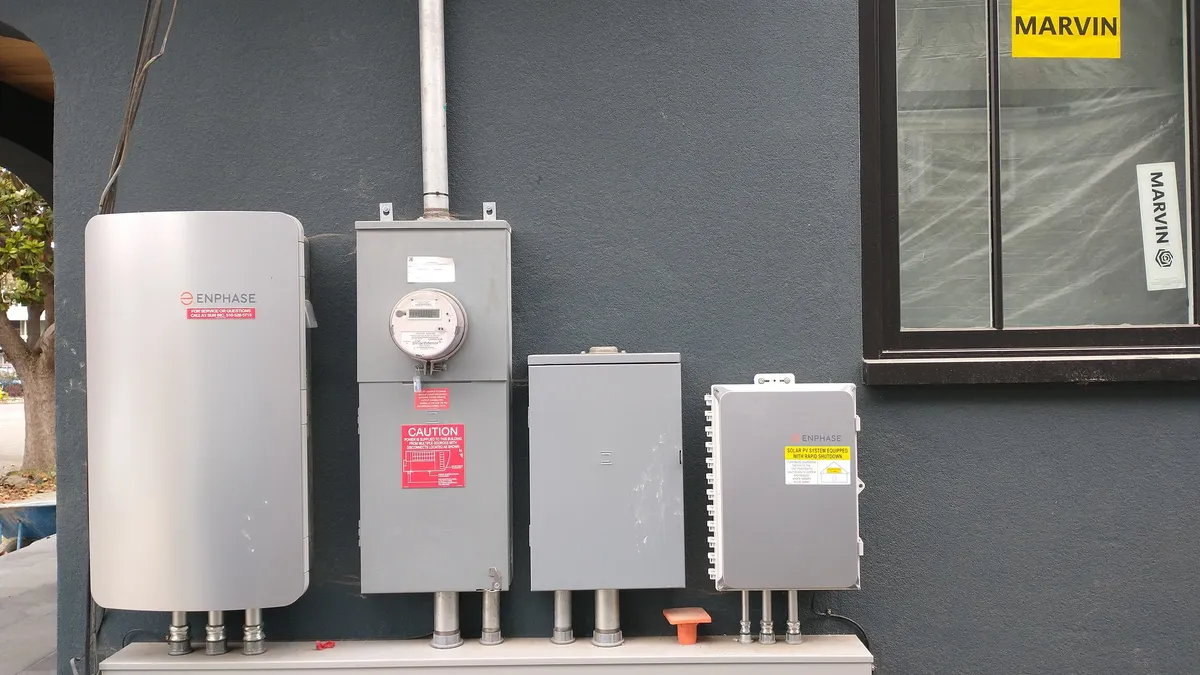From the beginning, Pepco's demand response initiatives were coordinated, integrated, and developed to maximize the available technology. But it wasn't until the utility started knocking on doors that the program really took off.
For the upcoming summer, Pepco and Del Marva Power, both owned by Pepco Holdings, will have the ability to shift 620 MW of peak load through two demand response programs that operate in different ways. But while one is a traditional switch program and the other a peak credit powered by smart meters, careful management and marketing mean the utility is enlisting customers at very high rates and across the engagement spectrum.
“The original layout, we looked at what types of capabilities we could put in place, using available technologies we had in different utility service territories,” said Stephen Sunderhauf, Pepco's strategic manager of customer programs. While direct control devices could be put in anywhere, peak crediting had to follow advanced metering installations.
Three jurisdictions have approved dynamic pricing for Pepco's Peak Energy Savings Credit , and a fourth is considering it. In New Jersey, Pepco only has its switch program because there is no AMI in place.
“It's a technology-enabled capability,” Sunderhauf said. “In all of Pepco and Del Marva Power's territories we have hourly load data for all of our customers. That allows us to serve residential load under a dynamic pricing rate, because that's required to measure performance in the marketplace and give then appropriate price signals.”
The other demand response program is the Energy Wise Rewards offering, where Pepco will install a thermostat or outdoor switch at a customer's home, and cycle it during peak-use times in exchange for bill credits.
Even though the programs operate in almost opposite methods, they are managed similarly, according to Virginia Burginger, Pepco's manager of demand side management.
”It's a little difficult to separate the two programs. In jurisdictions where both programs exist, we run them together,” Burginger said.
“But they are distinct resources,” added Sunderhauf. “They operate on opposite ends of the spectrum and play well together.”
With the AMI-enabled peak credit program, customers are automatically enrolled and there is no penalty for not participating. But the customer must take action when a peak event is called in order to get a $1.25 credit, per kWh of reduction. With the thermostat program, the customer doesn't have to do anything and is credited for installation of the device and for cycling. Maximum credits in the first year of the switch program are $160.
“Different people are at difference places, in terms of the level of interaction they want with the utility,” said Sunderhauf. “So I do think they are perceived as separate from our customers, but they are also designed to work in conjunction with each other. They are also distinct in the capacity markets of PJM and distinct from a control standpoint.”
But on the other hand, the peak day calls are managed almost identically and while the EWS program is larger, it is a small edge, at about 53% of the peak load controlled. Both programs bid into the PJM capacity market.
Face-to-face best bait to reel in customers
One of the striking things about the utility's demand response efforts is its customer engagement numbers. In Pepco's territory, the direct load control program has more than 60% of eligible customers participating.
“That's an extremely high percentage,” Burginger said. Though in other territories the participation rate is closer to 25% or 30%, she noted that “the national average for utility residential load control programs is 13%.”
In the peak crediting program, about 80% of participants wind up getting a credit when an event is called, and they earn roughly $5 to $6 per four hour event.
“We've had very proactive recruitment and strong marketing, over time,” Burginger said.
“It started off slow. We started with a traditional approach, direct marketing, direct mail. Radio advertising, but limited television ads, to manage costs,” Burginger said. “As participation matured, we brought on our implementation contractor to go door to door. And that is what has gotten us a very large percentage rate. Door to door recruitment efforts are very strong.”
The utility also offers a choice in technologies, between the thermostat and outdoor switches, and outside of emergency events the customer can override cycling. Pepco has offered community events and customer education, reaching out to regional stakeholders to explain how demand response programs.
"We have done a substantial amount, over the last four years, since both have been running, to educate our customers about how the two programs and how they work together," said Burginger.
And over time, the utility has subtly shifted its messaging to maximize participation
"The first year, we had what we were calling a 'Two Ways To Save' campaign, where we talked about one program and then the other," Burginger said. "We worked very hard over the last couple of years to help customers understand both programs, but also that they can participate in both, and we encourage them to do that."






















